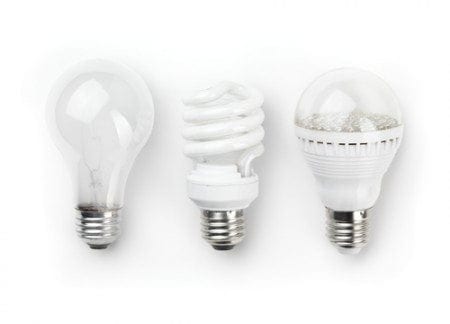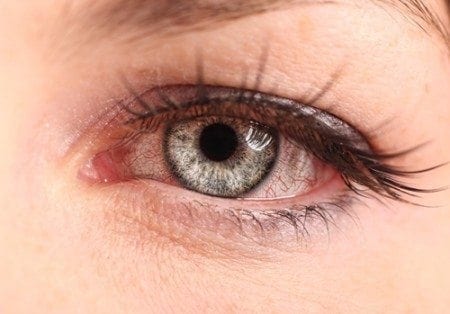
Mostly as a result of the push for more green energy products and the Energy Information Security Act of 2007, consumers have begun to give the lighting solutions in their floor lamps with reading light some serious thought. Some news media outlets have heralded new champions of the lighting world as the incandescent bulb slowly loses popularity among many consumers, manufacturers and even the government.
Yet, all bulbs, whether stemming from new or old technology, have their pros and cons. Here’s a brief overview of the four major types of lighting solutions and their traits:
The Edison bulb
Incandescent bulbs are a staple of the United States. Many see these lights fading as more energy-efficient solutions come to the market. Others have began to mourn the departure of 60-, 75- and 100-watt variations.
While the nostalgic Edison bulb looks good bare and offers the warm color temperature that many have been accustomed to, it is not efficient. In fact, 90 percent of the energy it uses is given off as heat. In recent years, manufacturers have created more efficient variations, including the halogen subclass. However, they usually fall short of greener lighting solutions, despite their good looks.
Fluorescent lighting
About 40 years ago, consumers wouldn’t find much fluorescent lighting around their homes. Up until the 1980s, only the tube variation existed. Since that time, compact fluorescent lighting has become one of the poster children of the green energy takeover, and it has been given mixed reviews.
For one thing, some consumers think they don’t look as cool as Edison bulbs, despite their fancy spiral design. Additionally, the energy savings and longer lifetime of CFLs are less often discussed than the bulbs’ use of mercury, which has some consumers afraid of exposure to the toxic substance. Such risk is typically low with normal use, and CFLs are actually not all that bad, using far less energy than incandescent bulbs and staying cooler, too.
High-intensity discharge lamps
HID lighting has seen more use in outdoor applications than other settings due to its intense brightness. There are three types: mercury, high-pressure sodium and ceramic metal halide. The latter two are the only ones still in production and you’re likely to find them illuminating parking lots, roadways and tunnels.
There aren’t many widespread consumer grievances concerning HID lighting, as it’s not often employed outside of commercial settings. Microsun, however, utilizes CMH bulbs as the defining feature of our floor and table reading lamps, a unique benefit that our customers have found favorable for combating reading problems associated with the aging eye and seasonal affective disorder.
LED lighting
Light-emitting diode bulbs are pretty young compared to the other three classes of lighting solutions. They’ve taken a more prominent position during the green energy push, as they can offer 80 percent energy savings and a couple decades of use in some cases.
When they first hit the consumer market, the prices were too high for many buyers. Additionally, they initially lacked dimming capabilities and the warm glow of incandescent bulbs. However, manufacturers have worked hard to resolve all of these issues, making LEDs a more attractive lighting solution overall.
And the winner is
In the battle of the bulbs, there are no real winners. Essentially, the application decides which lighting solution is best. If you are a fan of all four types of bulb, there is more good news. All Microsun Lamps use a CMH bulb as the main source of illumination, but you can also use two halogen, CFL or LED bulbs in our lamps if you ever need less brightness. With Microsun, you can get a bit of everything.



